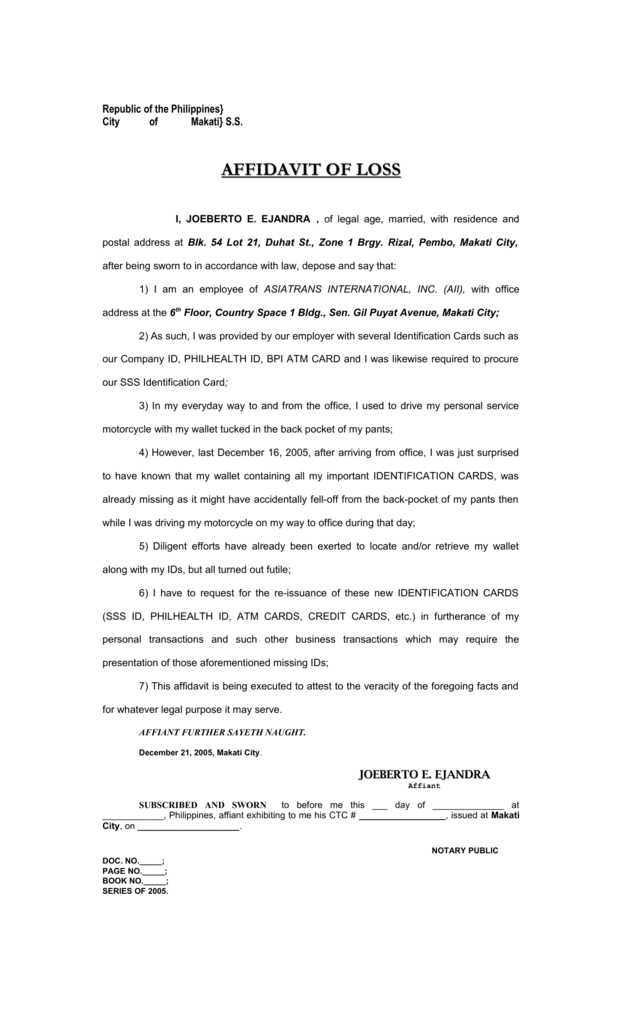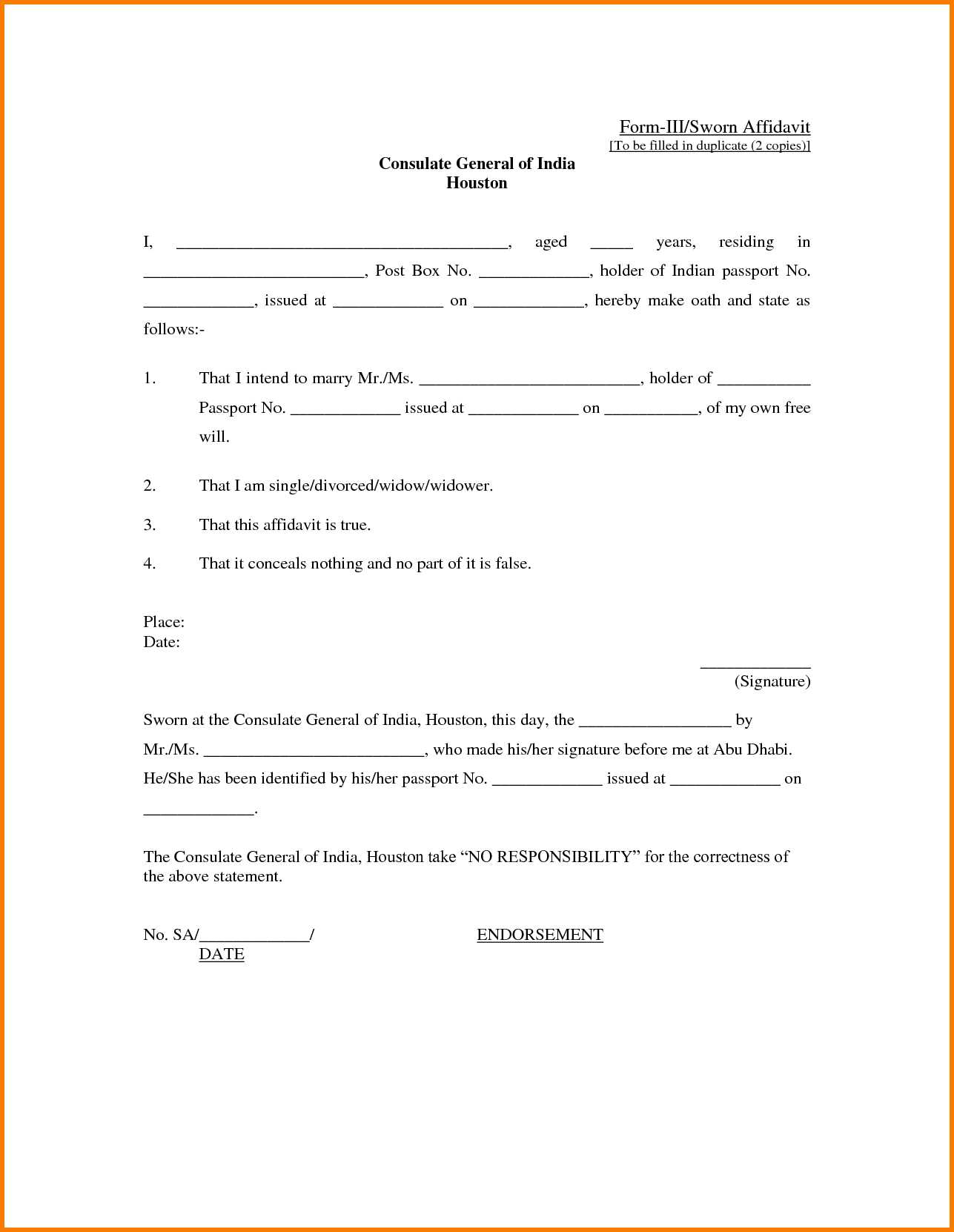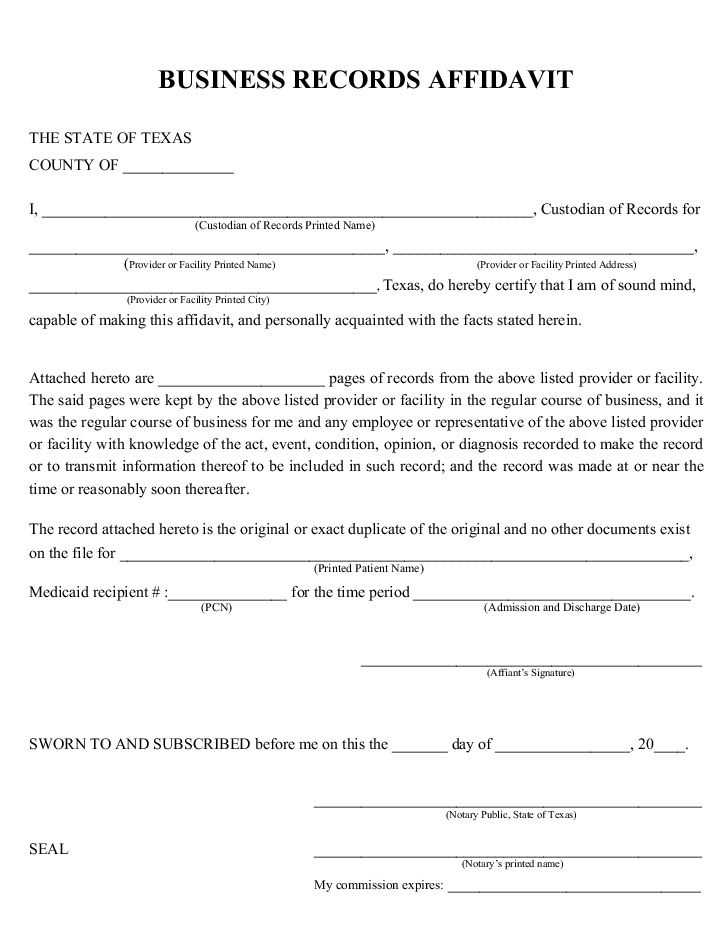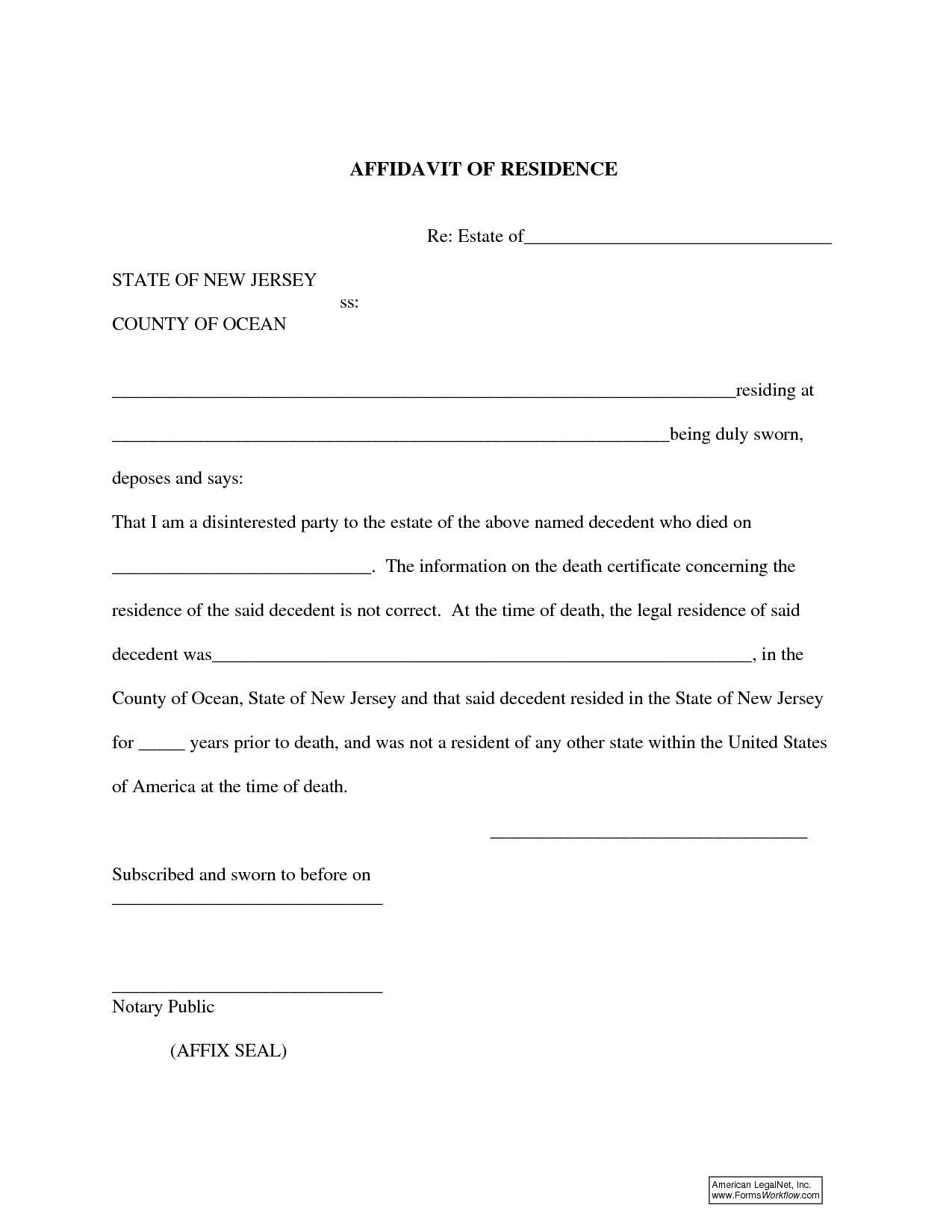
For individuals needing to report a lost receipt, crafting a clear affidavit is key. This document outlines a formal declaration that a receipt has been misplaced, serving as a replacement for the lost item or transaction record. It is a legally binding statement, typically signed under oath, ensuring that the loss is legitimate and not due to negligence or fraudulent intent.
Follow a structured approach when creating your affidavit. Start with your personal details, followed by a concise description of the lost receipt. Specify the nature of the transaction or the goods/services involved, and explain why the receipt is no longer available. Clearly state the date of loss and, if applicable, the circumstances surrounding it. This information strengthens your claim.
Verify the requirements of the institution or entity requesting the affidavit. Some may have specific language or format guidelines, so ensure the document aligns with their standards. Include a statement confirming that the contents of the affidavit are accurate to the best of your knowledge, followed by your signature and the date.
By adhering to these steps, you can create an affidavit that supports your claim effectively, helping to resolve any issues stemming from the lost receipt.
Affidavit of Loss Receipt Template

When creating an affidavit of loss receipt, ensure it contains all the necessary details to validate the claim. Use clear and concise language to avoid confusion. Below is a simple template structure to follow:
Key Information

- Affiant’s Full Name – Include the full legal name of the person making the statement.
- Date of Loss – Specify the exact date when the loss occurred.
- Description of the Lost Item – Provide a brief but accurate description of the item lost, including serial numbers or any other identifying information.
- Statement of Loss – Clearly state that the item has been lost and confirm that all reasonable steps were taken to locate it.
Declaration and Signature

- Affiant’s Declaration – State that the information provided is true to the best of your knowledge.
- Signature and Date – Include space for the affiant’s signature and the date it was signed.
- Witnesses – If required, have one or more witnesses sign to verify the statement.
Ensure the document is signed and dated in the presence of a notary if needed, depending on local requirements.
Drafting the Statement for Lost Documents

Begin the statement by clearly identifying the document you have lost. Specify the type of document, including details like its title, identification number, or any other unique markers that distinguish it. If applicable, mention when and where the document was last seen or used, providing a context for the loss.
Next, include a declaration that the document is indeed lost. Be direct and concise in stating that despite all reasonable efforts, the document could not be located. If you have checked thoroughly, note that effort was made to retrieve it.
If relevant, add details regarding any attempts to report or replace the document. Include dates of any actions taken, such as notifying authorities, contacting institutions, or submitting replacement requests. This information can support the authenticity of your statement.
End with a clear affirmation that the information provided is true to the best of your knowledge, followed by your signature and date. If required, include any additional documentation or references to validate the loss.
Notarization Process and Legal Validation
To validate an affidavit of loss, you must have it notarized by a licensed notary public. This process ensures the document holds legal weight in court or other legal proceedings. Begin by visiting a notary with your completed affidavit, along with a valid identification. The notary will verify your identity, witness you signing the document, and then apply their official seal or stamp to authenticate it.
The notary’s role is to confirm the authenticity of the signatures and ensure that the document was signed willingly and without coercion. They will also affirm that the document complies with local regulations. After notarization, the affidavit is legally binding and can be used for official purposes such as claims or legal disputes.
Keep in mind, notarization doesn’t guarantee the accuracy of the information within the affidavit; it only confirms the legitimacy of the signing process. Ensure all details are accurate and truthful before notarizing. If needed, consult a lawyer for further guidance on the legal implications of your affidavit.
Practical Uses and Common Scenarios

In cases of lost receipts, individuals often rely on an affidavit of loss to confirm the situation and proceed with necessary actions. One common scenario is when a person loses a receipt required for tax purposes or expense reimbursement. This document serves as a formal declaration, allowing them to claim the expense without the physical receipt.
Another typical use arises during warranty claims for items like electronics or appliances. If the original receipt is missing, the affidavit of loss helps confirm the purchase for warranty coverage. It’s a practical solution for situations where proof of transaction is needed but not readily available.
Affidavits are also valuable in insurance claims. If a receipt for an insured item is lost, the affidavit serves as a backup to validate the claim. The same applies to returns and exchanges in retail, where stores may require a receipt to process transactions, but an affidavit can often serve as an alternative.
In legal matters, affidavits of loss are sometimes used to verify the non-existence of a document, such as a property title or vehicle registration, helping individuals to proceed with necessary legal steps without the original paperwork.


